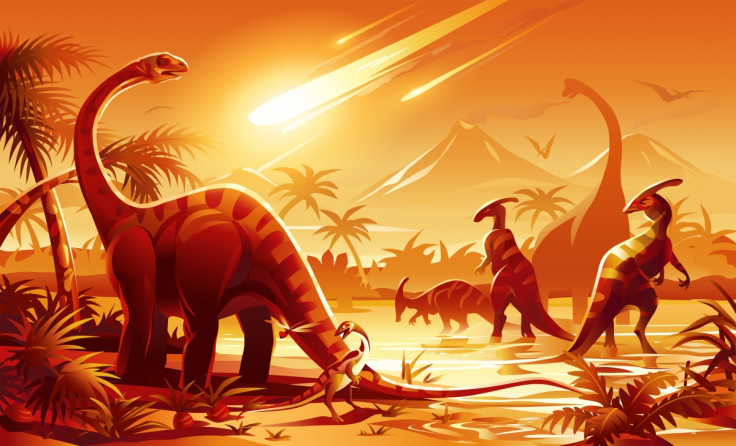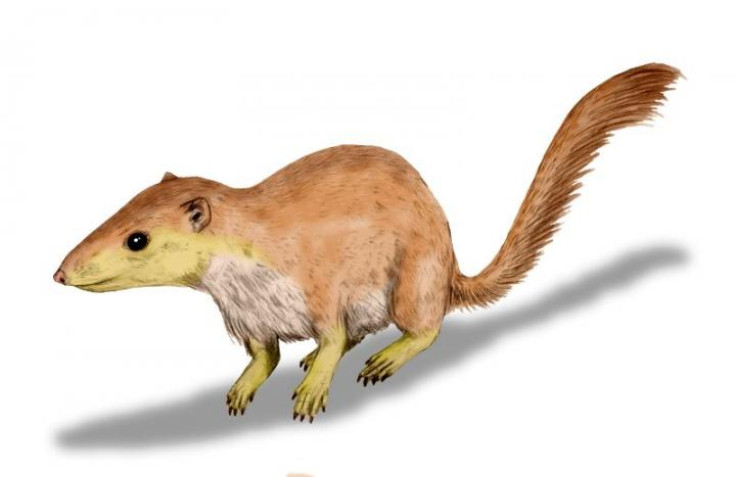Rise of the mammals began 20 million years before dinosaurs became extinct

The rise of mammals began up to 20 million years before the dinosaurs were killed off, scientists have said. Analysis of fossils has revealed an unexpected amount of diversity in the period before the mass extinction event – 66 million years ago – indicating they were gaining a foothold on Earth long before the assumed window of opportunity emerged.
Traditionally, it was thought mammal diversification did not take off until after the dinosaurs became extinct. Dinosaurs were believed to have dominated the landscape, effectively suppressing the small insect-eating mammals that had emerged over time.
However, as more mammal fossils from before the Cretaceous–Palaeogene extinction event are found, a different picture is emerging. Scientists from the University of Chicago, and the University of Southampton, analysed the teeth of hundreds of early mammal specimens and found far more diversification than they were expecting.
Publishing in the Royal Society's Proceedings of the Royal Society B, researchers found there was a wide variety in tooth shapes, indicating they had very varied diets. They also showed diversification began between 10 and 20 million years before the dinosaurs died out.

Furthermore, researchers also found that like the dinosaurs, many mammal species were killed off in the mass extinction event. This contradicts the idea the death of the dinosaurs was an opportune time for mammals.
Lead author David Grossnickle said: "I fully expected to see more diverse mammals immediately after the extinction. I wasn't expecting to see any sort of drop. It didn't match the traditional view that after the extinction, mammals hit the ground running. It's part of the reason why I went back to study it further – it seemed wrong."
Research suggests that the mammals that survived were the ones with generalist diets, meaning they could live off a wide variety of foods. Those with specialised diets, on the other hand, became extinct.
The cause of their early diversification and partial demise during the mass extinction event is not known, but the authors say it could be related to the rise of flowering plants, which emerged around the same time.
"We can't know for sure, but flowering plants might have offered new seeds and fruits for the mammals. And, if the plants co-evolved with new insects to pollinate them, the insects could have also been a food source for early mammals," Grossnickle said.
© Copyright IBTimes 2024. All rights reserved.






